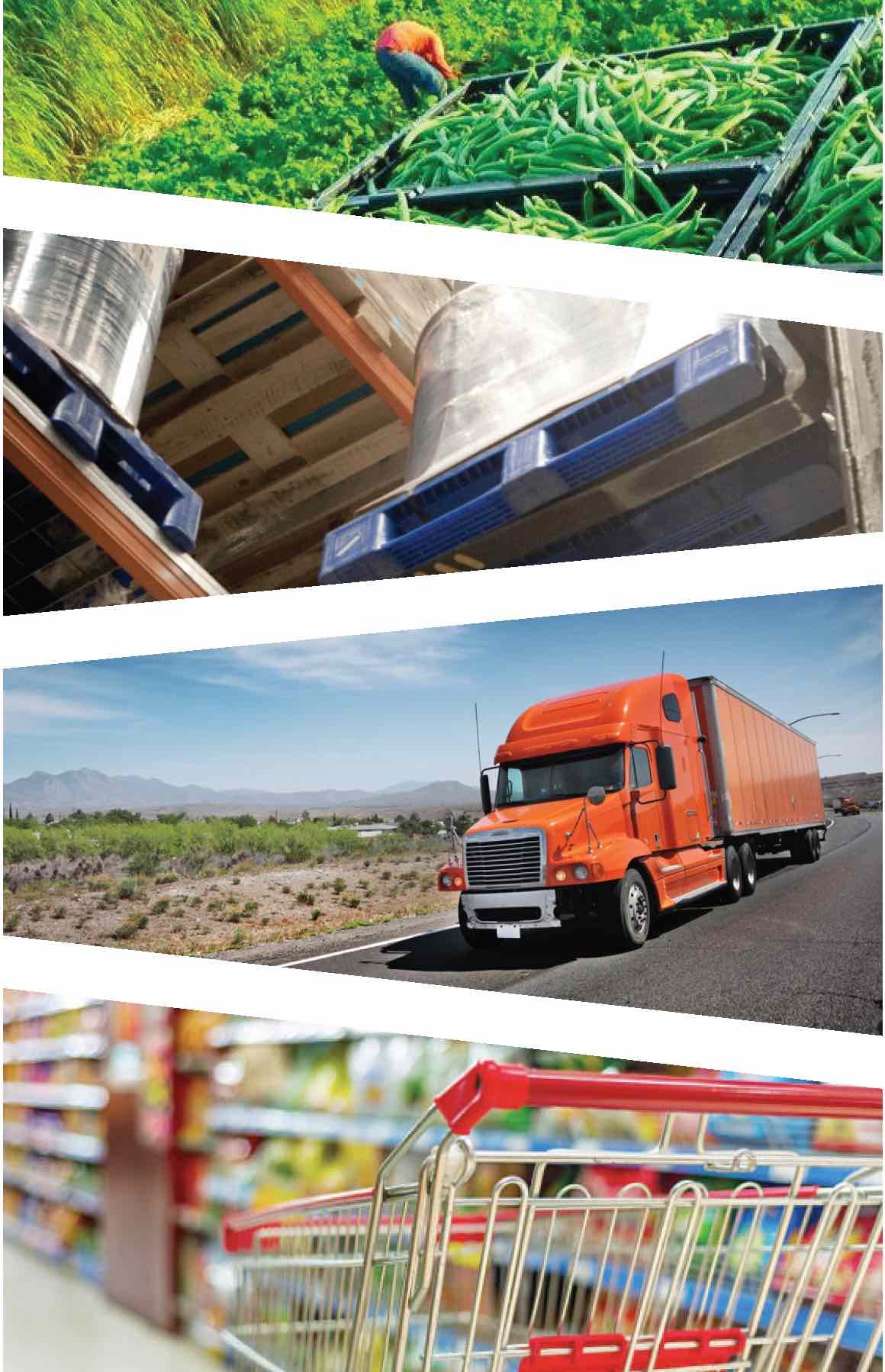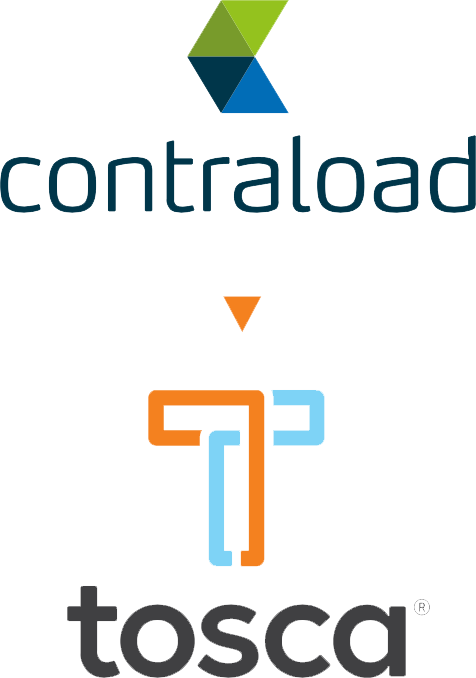How Grocery Retailers are Approaching Exploding E-commerce Demand
The grocery e-commerce industry has been on a steady path of growth for some time now, and with the added impact of COVID-19, growth is set to compound significantly. In 2018, online grocery shopping sales in the US reached 23.9 billion and then grew to 28.68 billion in 2019, a 16.6% increase. Since the start of the new year, stay-at-home orders alongside the closures of restaurants throughout the nation have increased aggregate sales projections immensely; with some experts projecting industry sales growth of up to 40% by the year’s end. [1] [2]
With all this growth in such a short period of time, retailers are being forced to quickly adapt without risking their current in-store customer experience. To succeed, retailers need to accommodate a wave of customers that determine their retailers of choice based on the usability of their digital platforms, timeliness of delivery, quality of products, and other factors that make up the user experience. Tosca’s line of E-commerce Reusable Plastic Containers (RPCs) are built to create a streamlined and consistent approach to the picking, storing, and delivery of online grocery orders. E-commerce is bringing change to the industry, and retailers are taking several approaches to meet customer needs:
Curbside Pickup is the most manageable approach for retailers dealing with the grocery e-commerce boom. Virtually all major retailers have adopted this method. With this approach, retailers can satisfy customers hoping to avoid traditional in-store shopping without having to invest large amounts of capital in their infrastructure. The customer can place their order online and have it ready for pickup within a designated time period. Retailers have team members fulfilling orders in store and staging areas for order pickups. Tosca’s E-commerce RPC is designed for ergonomics and stability throughout the picking process. The built-in handles of our plastic totes allow for easy handoffs and maneuvering throughout retail aisles.
Partnered Delivery services such as Instacart began to turn profits for the first time ever in the past year. The shift in demand for grocery delivery created a gap in the market that retailers were not able to take on alone. Some of the main retailers using partnered delivery include ALDI and Target. With these third parties taking on the process of collecting and delivering grocery orders, retailers can focus their attention on other parts of the business such as inventory management.
One of the main risks for retailers willing to bring in a third party is the lack of control, both from a customer service and branding perspective. When customers deal with the third party instead of the retailer, the retailer’s brand vanishes from the interaction, thus devaluing it. To combat this lack of presence, Tosca can brand all e-commerce RPCs with the desired logo.
Direct Delivery is an option offered by a few retailers, most notably Walmart and Amazon. Customers can have groceries delivered straight to their house, often on the same day the order is placed. Tosca e-commerce RPCs are stackable and designed to pick and store orders in tight areas while protecting customers’ orders during delivery. Direct delivery differs from partnered delivery, as retailers manage the delivery process in-house. It requires significant resources to manage an e-commerce platform and build out infrastructure such as transportation and warehouse space. [3]
Micro-Fulfillment Centers (MFCs) are quickly becoming the preferred model for retailers building out their e-commerce systems. Kroger has become one of the main advocates of these systems, partnering with the online grocer Ocado to add sites across the US. These centers are specifically meant for fulfilling online purchases and are either attached to existing brick and mortar locations or they stand alone in urban areas. They are much smaller than the standard fulfillment center and when paired with high levels of automation and robotics at a large scale, MFCs are one of the most cost-effective models for grocery e-commerce. However, for automation to be implemented effectively, MFCs need containers that are standardized and durable, such as Tosca’s reusable plastic totes. The main drawback to these centers is the added hassle of maintaining two separate inventories, however with built-in automation the process is quite streamlined. [4]
Omni-commerce is becoming the new normal in the grocery industry and whether you’re a retailer or supplier, your customers are expecting the same thing: consistently high-quality products. Being able to provide that comes from having a strong operational structure that is efficient and ensures fresh, non-damaged products. All e-commerce fulfillment structures require a reusable plastic container solution that is durable enough to protect products throughout motion and storage, while maintaining the efficiency needed to sustain a high-volume operation. Tosca’s line of e-commerce RPCs keep groceries safe throughout the picking process, and the space-saving design of our plastic totes and foldable crate optimizes space in retail settings where it’s becoming more of a commodity.
Learn More About the Benefits of Reusable Plastic Containers in E-Commerce
To learn more about reusable plastic totes and how they can streamline your e-commerce operations, visit www.toscaltd.com/e-commerce or contact our sales team today.
To learn more about the numerous benefits of reusable plastic containers, click here.
[1] https://www.statista.com/statistics/293707/us-online-grocery-sales/
[2] https://www.supermarketnews.com/online-retail/online-grocery-sales-grow-40-2020
[3] https://corporate.walmart.com/newsroom/2020/04/30/walmart-introduces-express-delivery
[4] https://www.foxbusiness.com/markets/kroger-grocery-ecommerce-fulfillment-centers


